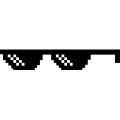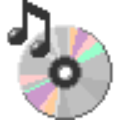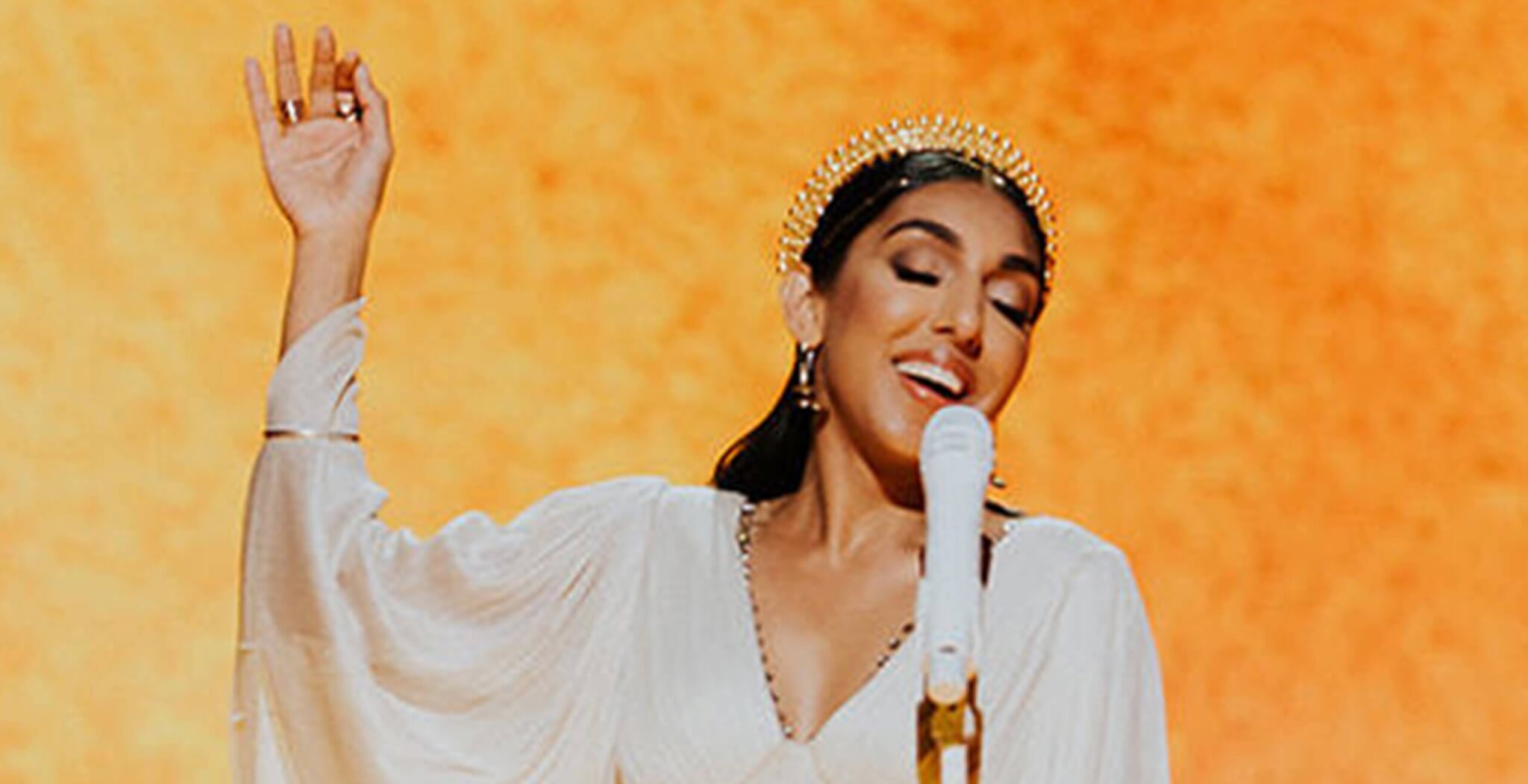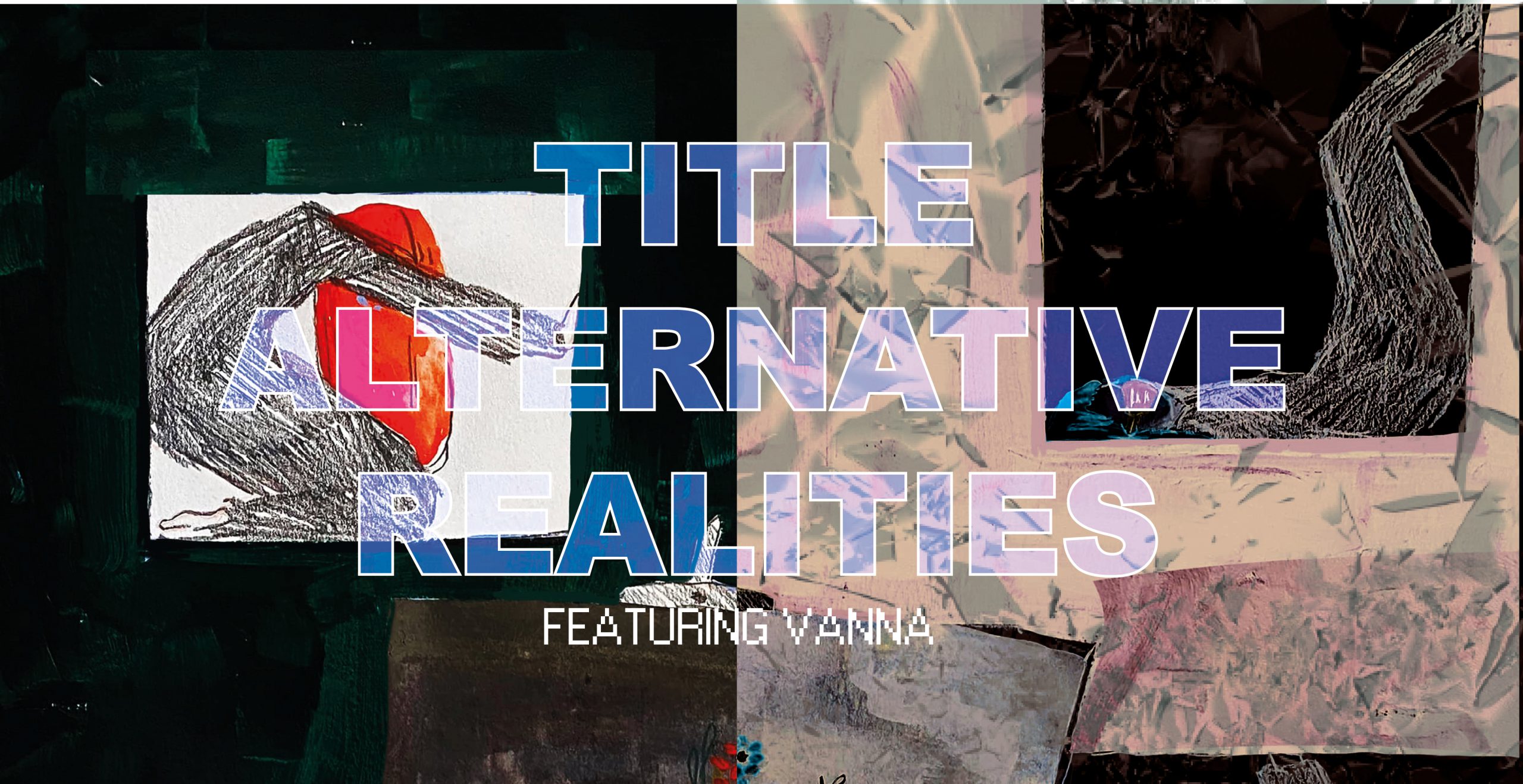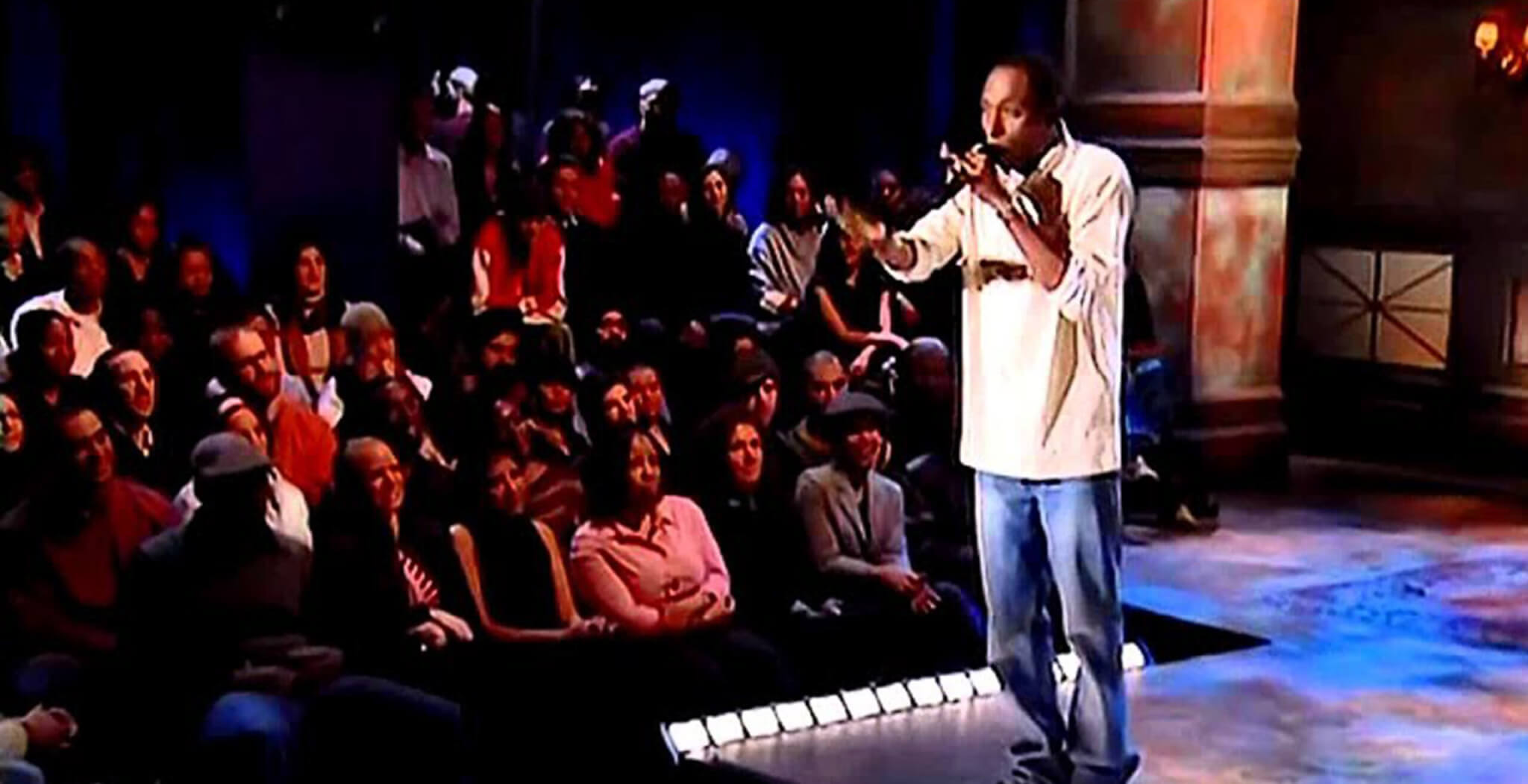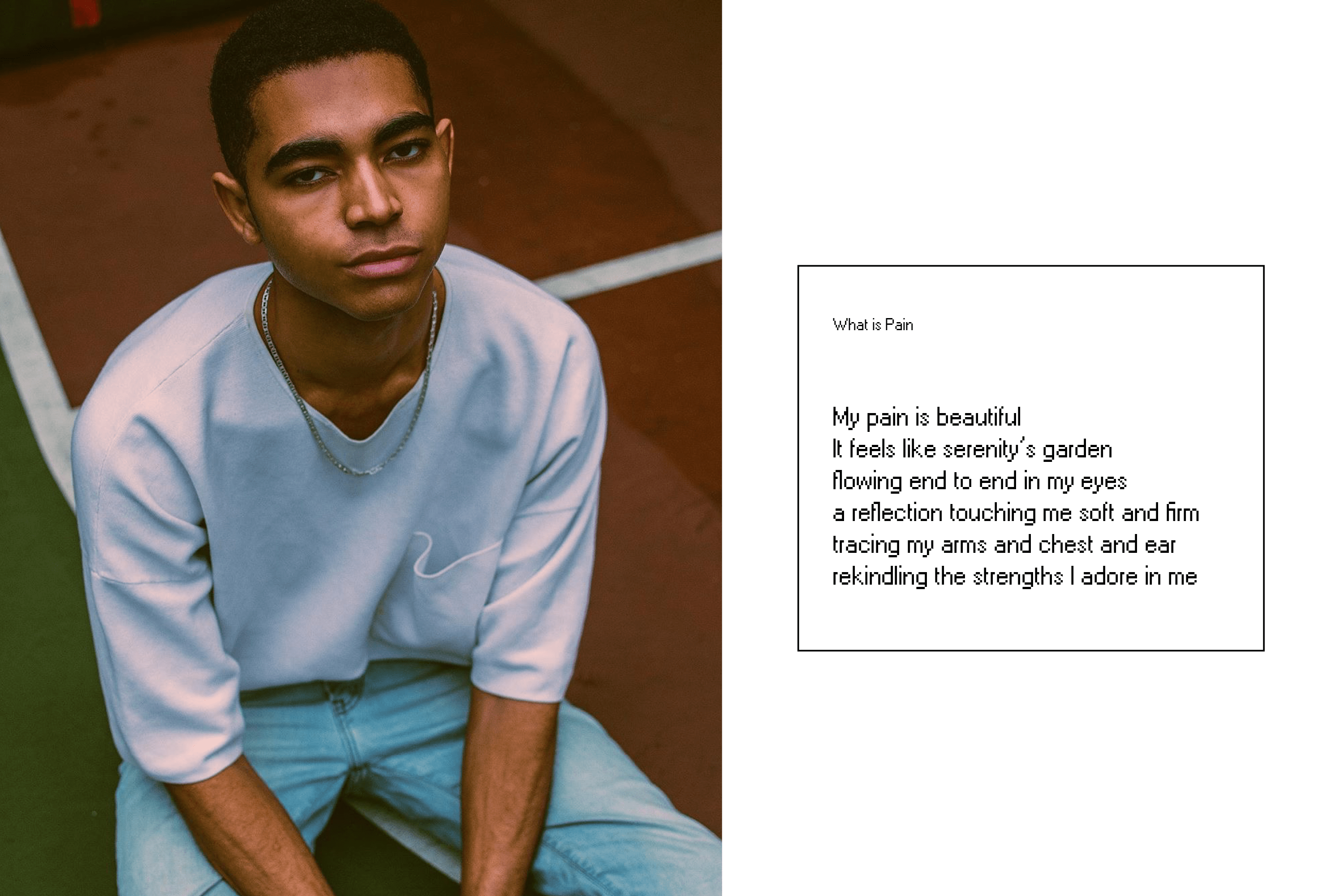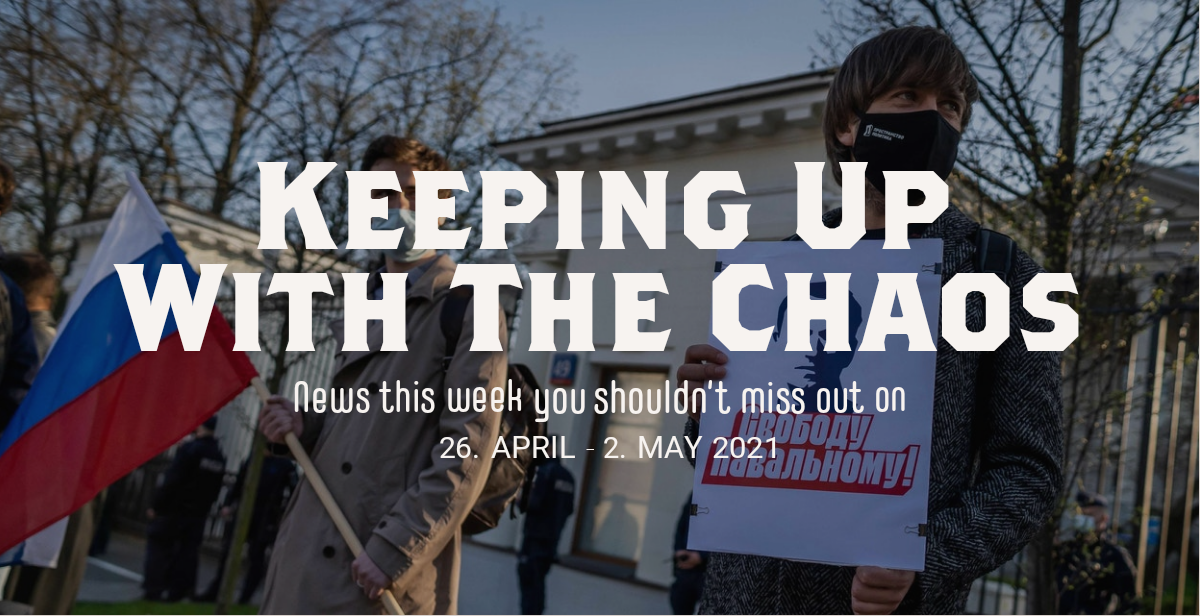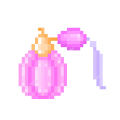How Instapoet Rupi Kaur is making poetry a thing of today
Rupi Kaur, often regarded as the most approachable Instapoet, has sparked a debate about the quality and accessibility of her poetry, challenging traditional notions of poetic composition. While Instapoetry has gained widespread support as a subgenre, it has also faced significant criticism, with many arguing against labeling it as a literary movement. But why should we dismiss it?
During the early 2010s, platforms like Tumblr and DeviantArt emerged as mediums for sharing various content, including brief blog posts. It was during this time that Cambodian-Australian poet Lang Leav gained popularity by sharing bite-sized verses on the internet. Other poets followed suit, embracing self-publishing trends and transitioning to platforms like YouTube and Instagram. Instapoetry’s appeal lies in its accessibility, using straightforward language to narrate stories about love, heartache, migration, abuse, violence, and other themes that deeply resonate with our contemporary human experience.
Instapoems are simple and concise, evoking emotions that instantly connect with readers. This contrasts with the conventional perception of poetry, which is often believed to be comprehensible only by the intellectual elite. The global acclaim of Instapoetry raises an important question: should poetry be exclusive or inclusive? In response to criticism in 2018, Rupi Kaur remarked, “To the literary world: this is actually not for you. This is for that seventeen-year-old brown woman in Brampton (…) who is just trying to live, survive, get through her day.”
Although Instapoetry is often viewed as a commercialized form of poetry rather than a literary art, the popularity of Instapoets like Rupi Kaur has fueled a surge of interest in poetry. With her bestselling collections “milk and honey” and “the sun and her flowers,” Rupi has sold over 10 million copies and her works have been translated into 42 languages. Her shows, characterized by a great sense of humor and charisma, consistently sell out, and she boasts over 4 million followers on Instagram, including celebrity followers like Ariana Grande. Her lines are seen on protest signs, merchandise, and tattoos. Rupi Kaur has truly become a ubiquitous figure.
Born in Punjab, India, Rupi moved to Canada with her family at the age of three. She began performing poetry in 2009 and, encouraged by friends, started sharing her poems on Tumblr in 2012. Transitioning to Instagram, she added illustrations to her poetry, making her work distinctive on the internet. In 2017, she published her first collection, delving into themes of womanhood, sisterhood, self-love, and the immigrant experience. Currently, she is embarking on a highly anticipated world tour, with a performance scheduled in Berlin on October 18.
Critics have taken issue with Rupi’s exploration of subjects like sexual assault and domestic abuse, accusing her of treating collective trauma as a universal experience that anyone can discuss. However, as one of the few South Asian women in the entertainment industry, Rupi recognizes the importance of amplifying these stories. She explains, “I began writing pieces about violence at the age of 16 after seeing what the women around me were enduring and facing. It was my way of reflecting on all of these issues.”
There is no doubt that instapoets are revolutionizing poetry in countless ways, redefining how it is written and consumed, and challenging the outdated formulas that dictate what makes poetry “good” or “valid.” They question why we believe that agonizing poetry is superior to relatable poetry. Thanks to these instapoets, poetry is gaining even greater prominence. As Megan Garber stated in her article “Poetry Is Everywhere” published in The Atlantic, “Far from ‘going extinct,’ as it was once predicted, poems are viral, vital — and invincible.”



